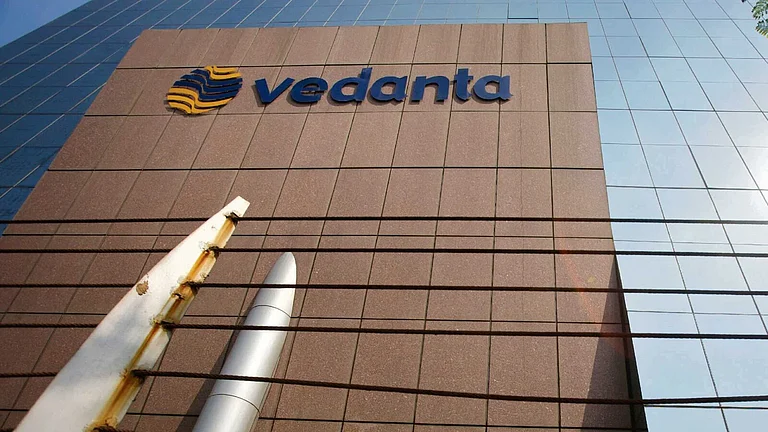If there was an award for the doughtiest mobile handset brand in India, Samsung would win it hands down. From a time it had to establish the brand, greatly helped by its robust consumer durables business, it took on some of the homemade Indian companies and the likes of Nokia with quiet determination. In the process, it saw the exit of many of these players and now is in direct confrontation with Chinese brands. Through this period, Samsung has seen the Indian market grow from an era in which the mobile phone was for the privileged to now, when it is hard to find someone without it.
It was in 2004 when India saw the first Samsung handset and, with time, the company’s strategy gained form and shape. Over the past few years, it has found a sweet spot in handsets priced at over Rs.20,000, especially in the segment where the consumer pays at least Rs.30,000. With a strong distribution network, its product range that includes feature phones too, and models priced at sub-Rs.8,000, the electronics giant managed to reach out to smaller parts of India. Stories of its technological competence are one of its selling propositions. Jaipal Singh, associate research manager, IDC India, says 84% of Samsung’s sales are made offline.
The chink in the armour was its limited play in the mid-price portion, which is in the Rs.8,000-20,000 range. None of this mattered till 2014, when the next round of competition led by China’s Xiaomi came in, forcing Samsung to rework its India strategy. Now with the launch of the Galaxy M10 and M20 at a price band of Rs.7,990-12,990, the unmistakable intention is to take on Xiaomi. Media reports, interestingly, had said the pricing would be in the Rs.9,500-15,000 band.
The Chinese company has a market share of almost 30%, with almost all of it coming from the mid-price segment, while Samsung is at 24%, after having seen better times where it accounted for over 35% of the market. This segment is critical since it takes away 55% of the overall 140 million units market and one where Samsung has only the J Series to speak of; in all, the brand’s share here is marginally lower than its overall number. If Samsung managed to charge a premium for its brand, Xiaomi dramatically changed that equation offering more for the same price. That was in the form of a longer battery life, more memory or a bigger display. With an aggressive online strategy, which was 75% of its business, it has forced Samsung to tweak its strategy.
Neil Shah, research director, Counterpoint Technology Market Research, says the segment between Rs.8,000-10,000 especially is a sweet spot for Samsung. “This has a lot of users in Tier II, III and IV towns who are moving from phones where they spent around Rs.5,000. A new entrant such as Jio provides good network connectivity and a lot of data, necessitating the purchase of a better phone,” he explains. With Samsung’s distribution might in these centres and Xiaomi’s limited presence, it is well-positioned. The challenge is in Xiaomi’s ambitious plan for offline sales, most evident when it opened 500 stores in one day last November in rural India. Singh says Samsung has little option but to “strengthen its product portfolio in the mid segment”, where Xiaomi poses a serious challenge.
The handset market is witnessing two players who are remarkably different. According to Prabhu Ram, head (Industry Intelligence Group), CyberMedia Research, the likes of Xiaomi have focused majorly on sacrificing margins and out-pricing others. “If Samsung were to get its specs and value-proposition right, it would be able to compete with the likes of Xiaomi,” he thinks. That is a serious shift in strategy even for a veteran such as Samsung.












 Just one email a week
Just one email a week